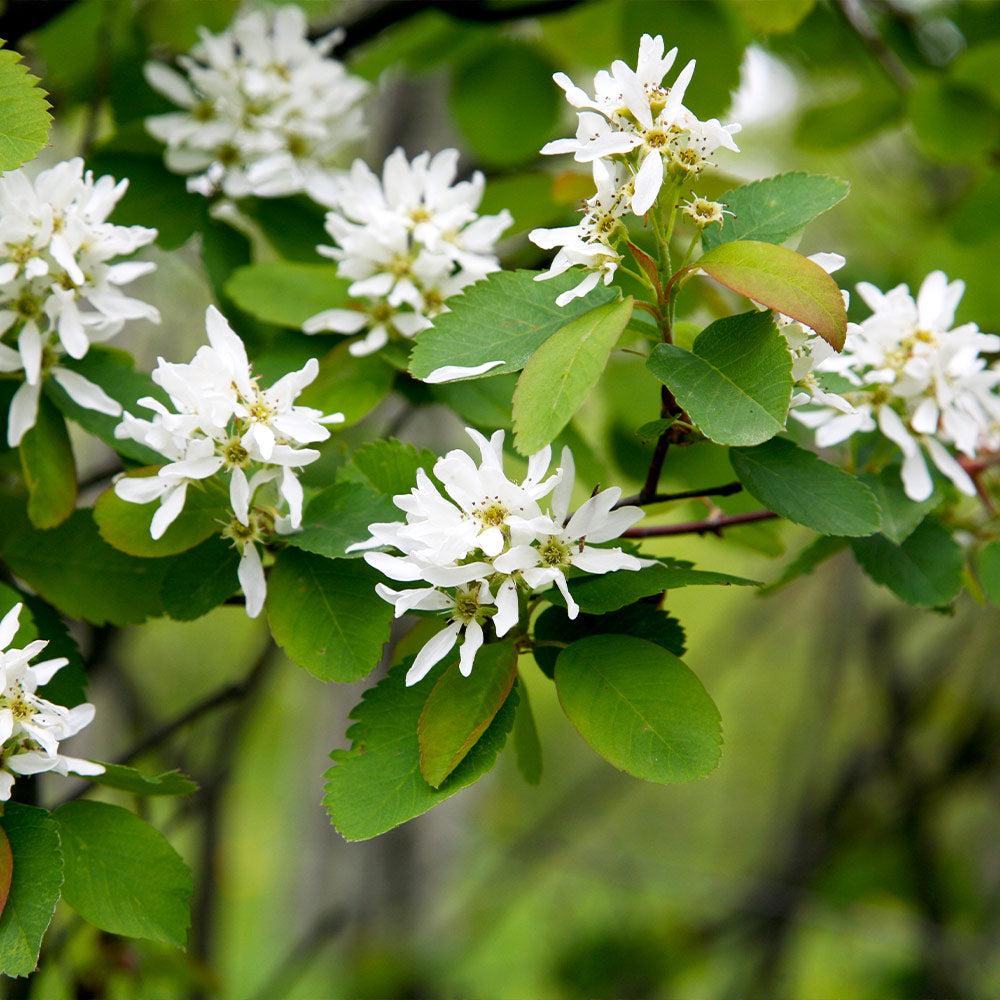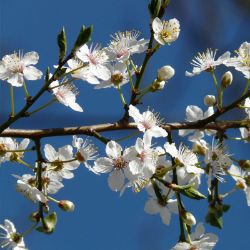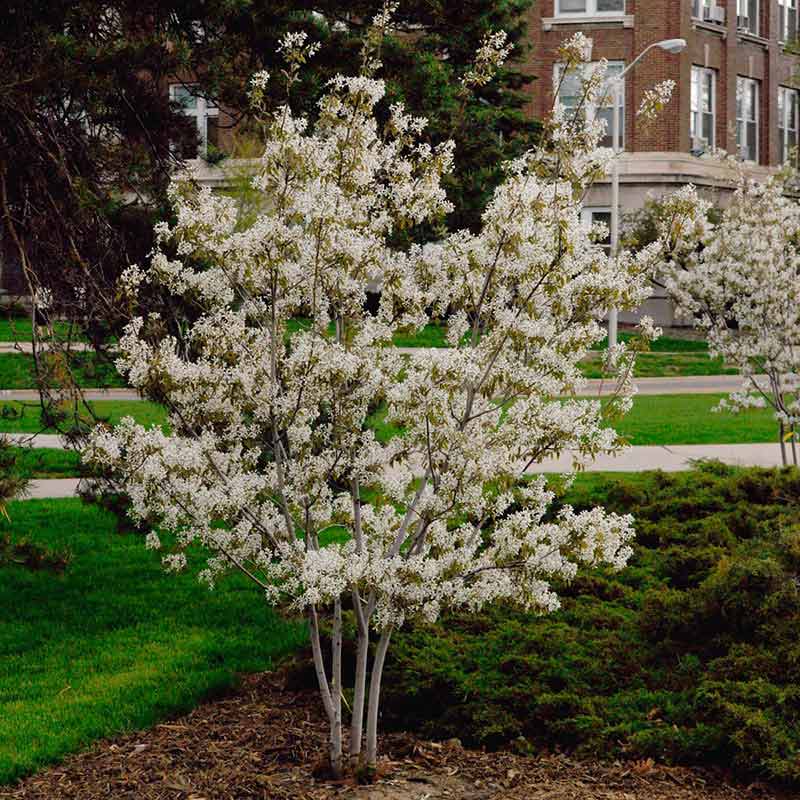
Faster growing and more resistant to leaf spot and fire blight than the species. ‘ Autumn Brilliance’ – A vigorous and reliable grower.A few examples of the hybrids available commercially include: Most importantly, the hybrids in this group are widely sold because of their glorious orange and red fall foliage. As a group, these hybrids have the largest flowers of all the serviceberry species and do well in shadier growing conditions than the species as a whole. Commonly known as apple serviceberries, the botanical name for the plants grouped under this cross is A. In addition to a number of cultivated hybrids, many naturally occurring hybrids exist in the wild between Alleghany serviceberry ( A. The white flowers in spring are followed by sweet, black fruit.

The oblong-elliptic to obovate leaves are white-hairy when young, becoming almost hairless when mature, and mid-green in summer, yellow to orange and red in autumn. This species occurs naturally in wet sites, bogs, and swamps and is more tolerant of clay soil than the other species. Canadensis tends to be smaller (20 feet tall and 10 feet wide) and has a more upright, suckering, tightly multi-stemmed growth habit.

laevis look very similar in size and shape, A. A mature specimen averages 25 feet in both height and width. The white flowers in midspring are followed by sweet, blue-black fruit in early summer. A spreading, sometimes shrubby tree, its ovate leaves turn from bronze in spring to mid-green in summer, then to orange or red in autumn. laevis is a bronze color and the young leaves lack hair (the Latin name “laevis” means hairless). To tell the two species apart, the unfolding foliage of A. The early summer berries are edible by both humans and wildlife. The ample flowers and pollen resources attract pollinators in the spring. The tree averages 25 feet in height and 30 feet in width. Fragrant white flowers open in mid-spring, followed by red-purple fruit.

This species has a rounded habit, is sometimes multi-stemmed and shrubby, and has ovate leaves that are gray and hairy when young and yellow to red in autumn. Photo Credit: University of Maryland Arboretum It’s called downy serviceberry because of the fine hairs that appear on the leaves and twigs in the spring. The most common species found in Albemarle County include: Seven native species of serviceberry may be found in Virginia, according to Flora of Virginia. Regardless of what you call it, it’s a splendid little tree that deserves to be more widely planted than it is in the ornamental garden. The plant was also dubbed “Juneberry” because June is when the fruit ripens. For people who preferred to skip services and go fishing instead, the flowers appeared coincidentally when the shad migrated upstream from the ocean to spawn. According to legend, the tree was given that name in 19 th century New England because it bloomed in April, when the spring thaw allowed roads to become passable and rural residents could once again attend religious services. In the eastern part of the United States, it is primarily known as serviceberry.

In the northern part of the United States and in Canada, it is known as Saskatoon - its native American name. Members of this genus can be found in every state except Hawaii.Īmelanchier has a variety of common names, which can be confusing. The Amelanchier genus consists of more than two dozen species of deciduous trees and shrubs, all but two of which are native to North America. The botanical name for this lovely little tree is Amelanchier (pronounced Am-uh-LAN-kee-er). The autumn foliage, which is characteristically orange to deep red with some shades of yellow or purple, is quite beautiful. Delicious raw, the fruit is also used for jams, jellies, and pies.Īmelanchier Canadensis (Serviceberry) Fall Foliage Their berries, edible by humans and wildlife alike, resemble blueberries in size and color but taste sweeter. Their white to pinkish-white flowers are some of the first to appear in spring. In the wild, serviceberries may be found growing in moist woodland sites and along streams. So what’s so special about this tree? It’s a serviceberry – a native plant noted for its merits as a landscape plant and as a valuable host to a broad range of wildlife species. Then, the mockingbirds, bluebirds, finches, and other avian species will join the party. Later on, around June, the blossoms will give way to sweet juicy berries. They’re there along with the butterflies to feed on the plentiful nectar and pollen. But the bees are not there to admire the tree with its pretty five-petaled, star-shaped blossoms. The bees buzzing around my back yard know a good thing when they see it! They know that the little tree planted just outside my breakfast room is something special.


 0 kommentar(er)
0 kommentar(er)
